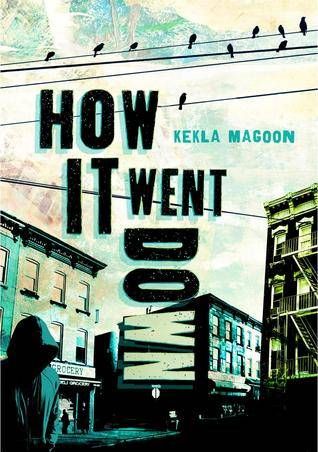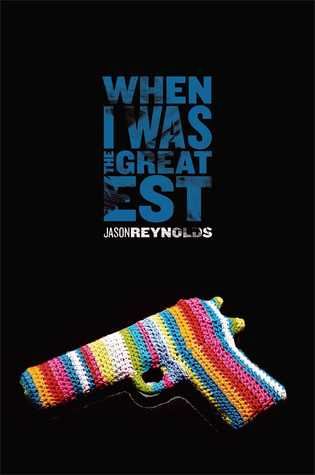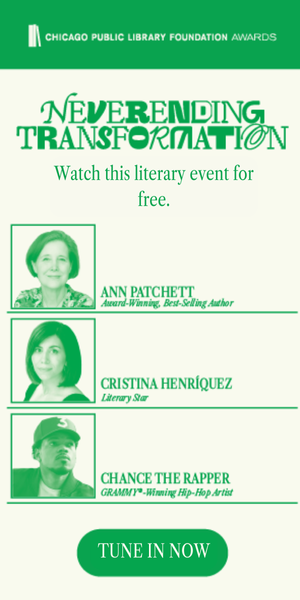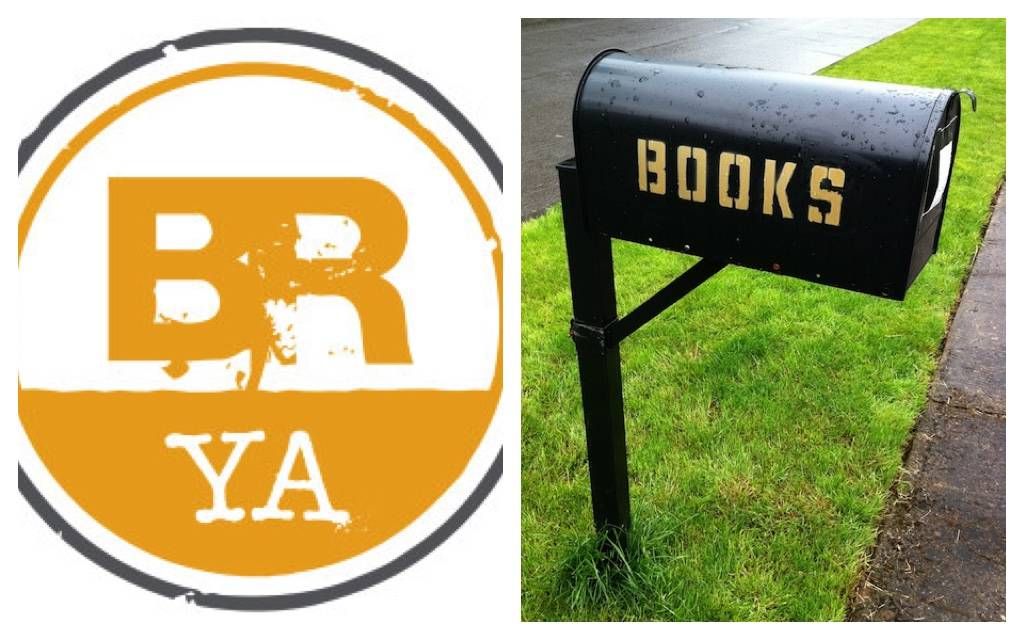
Giving Voice to Black Youth in YA
This is a guest post from Jamie Moore. Jamie is the author of Our Small Faces (ELJ Publications, 2014). She received her MFA from Antioch University Los Angeles and works as an English Professor. She loves diverse lit in all its forms and helps coordinate a festival called Mixed Remixed which celebrates multiracial stories. Follow her on Twitter @mixedreader.
____________________
With national news and social media filled with stories of the continuous deaths of young black men, it is hard to feel hopeful about the future of youth of color. Often we book-lovers look to literature to heal us, and I’ve found myself doing just that; turning to contemporary voices that do justice to these stories. Stories that understand the trauma, but show the strength and perseverance of black youth. There is a disconnect that prevails between our cultural worlds in America, and literature serves as one bridge of this divide. There is space in contemporary YA to tell a fuller truth of communities of color and to allow readers to understand the fear, suspicion, and shame many black youth experience today. In a recent article for The Nation, Toni Morrison questions the role of the artist/writer in times of violence and pushes the message for artists to stay motivated because: “This is precisely the time when artists go to work. There is no time for despair, no place for self-pity, no need for silence, no room for fear. We speak, we write, we do language. That is how civilizations heal.” The growing acceptance and celebration of YA literature makes it the perfect vehicle to tell these stories from the perspective of the youth who face these fears every day. The push of the We Need Diverse Books campaign, (and now the work the organization is doing), is creating a platform for these voices to be heard. We need to heal, and as Morrison says, we can not be silent.
 Thankfully, there are writers who are giving life to these stories and presenting readers with complex characters that push the boundaries of what we think we know about these youth and these communities. Kekla Magoon’s How it Went Down does not shy away from the violence and brutality facing black youth today. The story mirrors the Trayvon Martin case; a black youth is shot by a white man, and the stories that arise to explain what happened do not match up. Instead of focusing on one perspective, Magoon follows the voices of several of the characters, from the family and friends of the boy who is shot, to the accounts of other members in the community. She works to give a full portrait of how a situation like this (a situation like so many in recent news) becomes convoluted, asks people to choose sides, and makes people question what is truth. Magoon never questions the injustice of what happens to the young man, and dives into the racism and classism that is brought to the surface in this community. But what I think is most important about this book is that we also see an intricate picture of the black youth in this community. We see their daily lives, their hopes, their fears, and the depth of their grief. We see the struggle on how to process a death so close to them, and the question of who they can trust.
Thankfully, there are writers who are giving life to these stories and presenting readers with complex characters that push the boundaries of what we think we know about these youth and these communities. Kekla Magoon’s How it Went Down does not shy away from the violence and brutality facing black youth today. The story mirrors the Trayvon Martin case; a black youth is shot by a white man, and the stories that arise to explain what happened do not match up. Instead of focusing on one perspective, Magoon follows the voices of several of the characters, from the family and friends of the boy who is shot, to the accounts of other members in the community. She works to give a full portrait of how a situation like this (a situation like so many in recent news) becomes convoluted, asks people to choose sides, and makes people question what is truth. Magoon never questions the injustice of what happens to the young man, and dives into the racism and classism that is brought to the surface in this community. But what I think is most important about this book is that we also see an intricate picture of the black youth in this community. We see their daily lives, their hopes, their fears, and the depth of their grief. We see the struggle on how to process a death so close to them, and the question of who they can trust.
 When I first picked up When I Was the Greatest by Jason Reynolds, I was drawn to the cover: a crochet gun. There was both a softness and hardness that reflects the characters we meet in the book. In Reynold’s book we see the development of friendship between young black men, the struggle, shame, and empathy in dealing with a sibling with special needs, and how quickly trouble can find them without their intention. His work is healing because the story works to find the truth of the characters above and beyond the violence that follows them.
When I first picked up When I Was the Greatest by Jason Reynolds, I was drawn to the cover: a crochet gun. There was both a softness and hardness that reflects the characters we meet in the book. In Reynold’s book we see the development of friendship between young black men, the struggle, shame, and empathy in dealing with a sibling with special needs, and how quickly trouble can find them without their intention. His work is healing because the story works to find the truth of the characters above and beyond the violence that follows them.
These are just two contemporary writers among so many that are helping to lead this dialogue and creating the space for empathy between communities. It is my hope that we will continue to see more stories that ask readers to question the humanity of what’s happening to many youth of color today.
We need diverse characters, and we also need complex characters. We need to see the emotional, mental and physical realities of black youth today to drive the conversation beyond the circle of trauma and to a place of understanding. It’s so hard to turn on the news and see the stories of young men of color manipulated by media. However, as readers, (and writers!), we can reclaim these stories and seek out work that speaks to our truths.
____________________
Get a box of YA books and bookish goodies in the mail every quarter with our new YA Quarterly Box! Sign up here.









